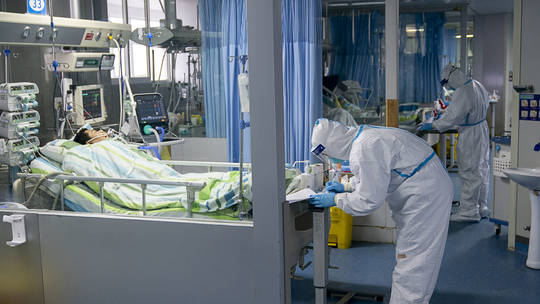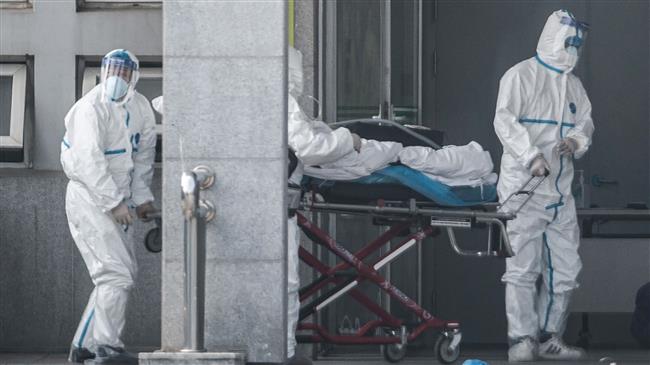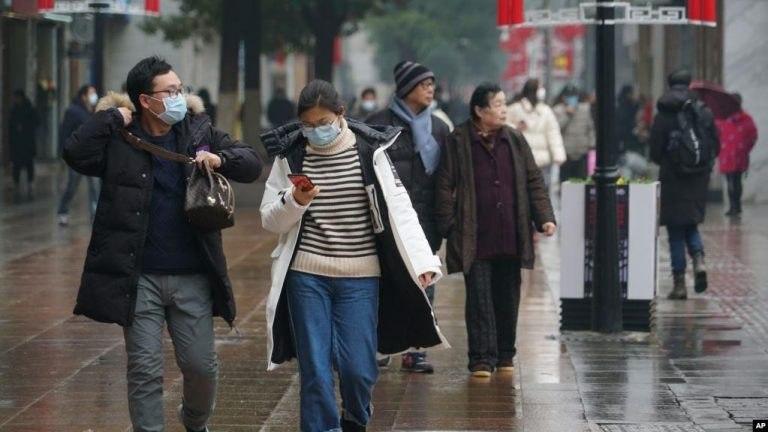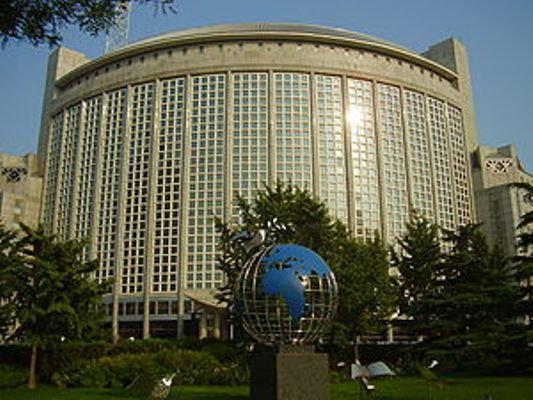China said Monday it urgently needed medical equipment and surgical masks as the death toll from a new coronavirus jumped above 360, making it more deadly than the SARS crisis nearly two decades ago.
Publish dateTuesday 4 February 2020 - 05:53
Story Code : 202700
The 57 new deaths confirmed Monday was the single-biggest daily increase since the virus was detected late last year in the central city of Wuhan, where it is believed to have jumped from animals at a market into humans.
The virus has since spread to more than 24 countries despite many governments imposing unprecedented travel bans on arrivals coming from China.
The World Health Organization has declared the crisis a global health emergency, and the first foreign death from the virus was confirmed in the Philippines on Sunday.
“What China urgently needs at present are medical masks, protective suits, and safety goggles,” foreign ministry spokeswoman Hua Chunying told a press briefing.
Authorities in provinces that are home to more than 300 million people — including Guangdong, the country’s most populous — have ordered everyone to wear masks in public in an effort to contain the virus.
But factories capable of producing around 20 million masks a day are only operating at between 60 and 70 percent of capacity, industry department spokesman Tian Yulong said, adding that supply and demand remained in “tight equilibrium” as a result of the Lunar New Year break.
Tian said authorities were taking steps to bring in masks from Europe, Japan and the US, while the foreign ministry said countries including South Korea, Japan, Kazakhstan and Hungary had donated medical supplies.
All but one of the 57 new deaths reported Monday were in Wuhan and the rest of Hubei province, most of which has been under lockdown for almost two weeks.
The national death toll reached 361 — exceeding the 349 mainland fatalities from the Severe Acute Respiratory Syndrome (SARS) outbreak of 2002-03.
The number of infections also jumped significantly, passing 17,200.
SARS, caused by a pathogen similar to the new coronavirus and also originated in China, killed 774 people — with most other deaths in Hong Kong.
The virus has since spread to more than 24 countries despite many governments imposing unprecedented travel bans on arrivals coming from China.
The World Health Organization has declared the crisis a global health emergency, and the first foreign death from the virus was confirmed in the Philippines on Sunday.
“What China urgently needs at present are medical masks, protective suits, and safety goggles,” foreign ministry spokeswoman Hua Chunying told a press briefing.
Authorities in provinces that are home to more than 300 million people — including Guangdong, the country’s most populous — have ordered everyone to wear masks in public in an effort to contain the virus.
But factories capable of producing around 20 million masks a day are only operating at between 60 and 70 percent of capacity, industry department spokesman Tian Yulong said, adding that supply and demand remained in “tight equilibrium” as a result of the Lunar New Year break.
Tian said authorities were taking steps to bring in masks from Europe, Japan and the US, while the foreign ministry said countries including South Korea, Japan, Kazakhstan and Hungary had donated medical supplies.
All but one of the 57 new deaths reported Monday were in Wuhan and the rest of Hubei province, most of which has been under lockdown for almost two weeks.
The national death toll reached 361 — exceeding the 349 mainland fatalities from the Severe Acute Respiratory Syndrome (SARS) outbreak of 2002-03.
The number of infections also jumped significantly, passing 17,200.
SARS, caused by a pathogen similar to the new coronavirus and also originated in China, killed 774 people — with most other deaths in Hong Kong.
avapress.net/vdcawunuw49nw01.tgk4.html
Tags
Top hits












